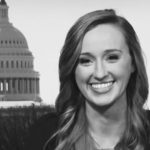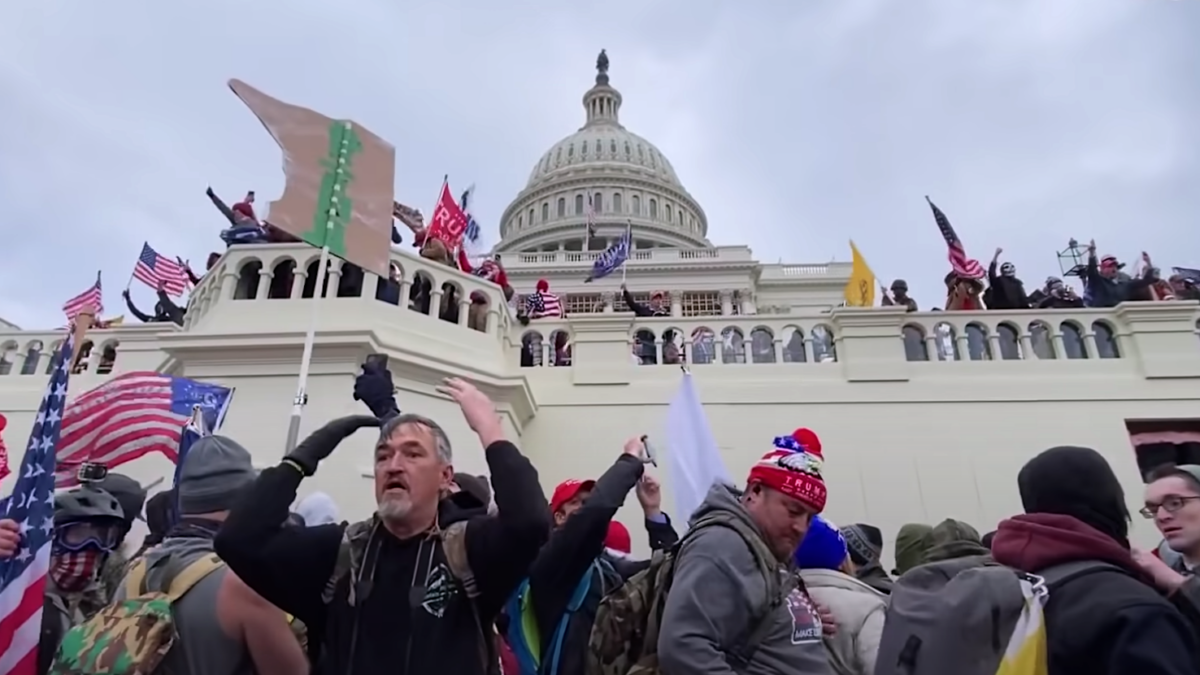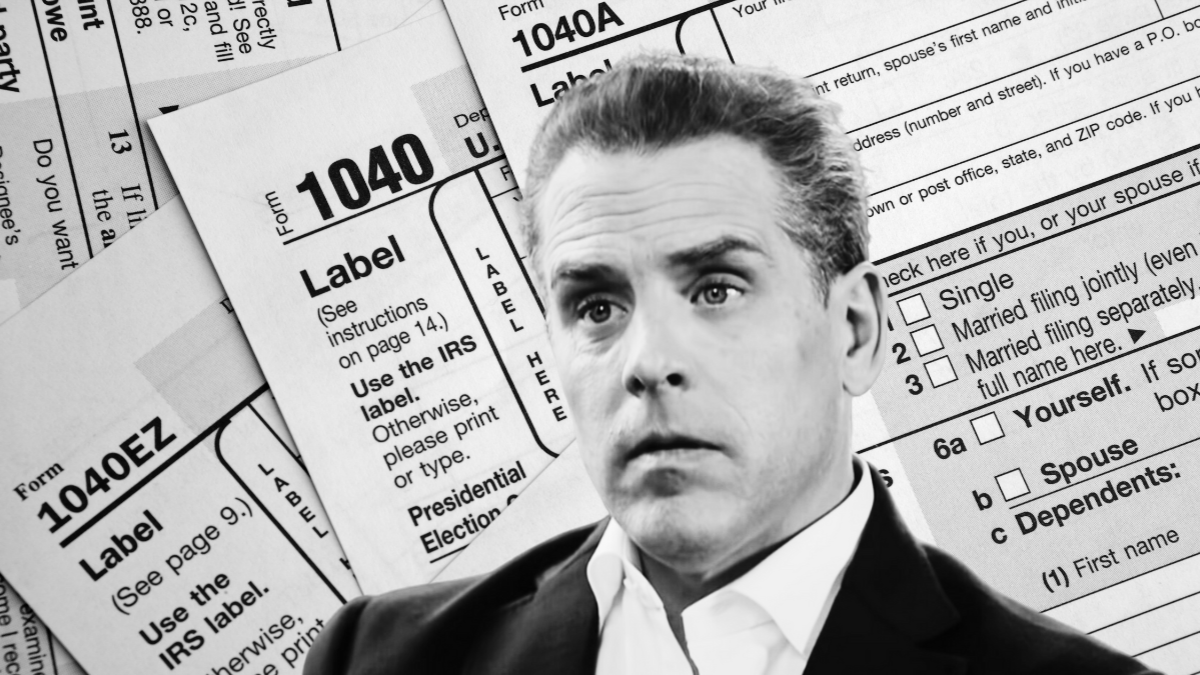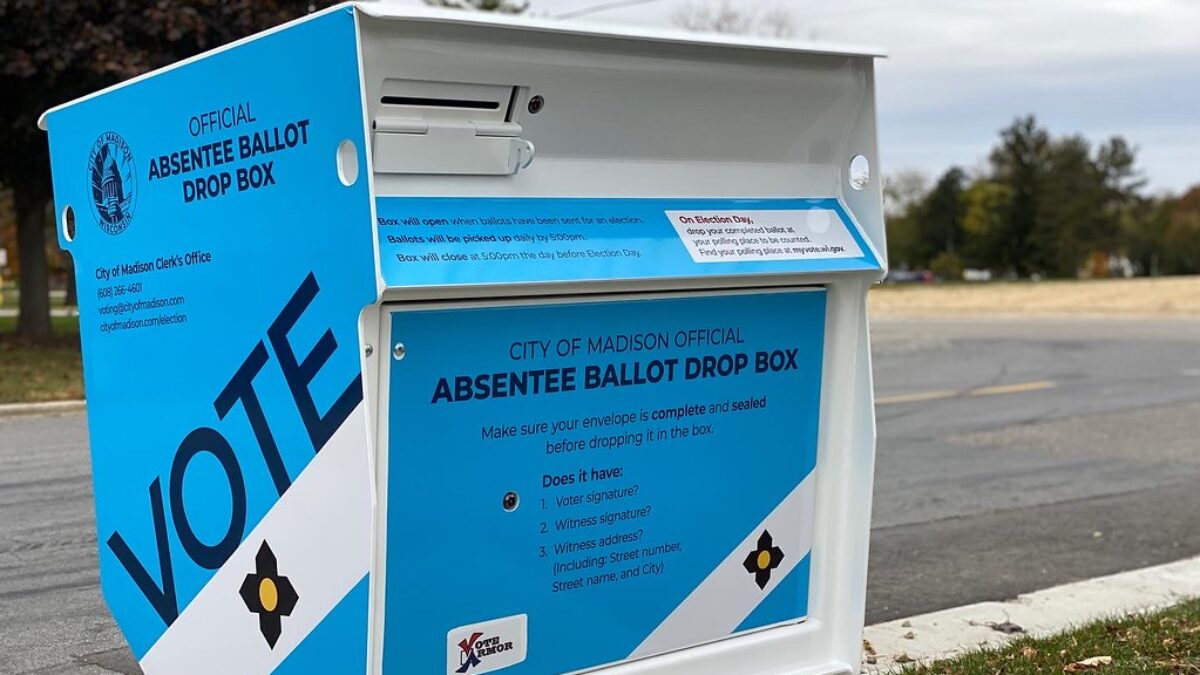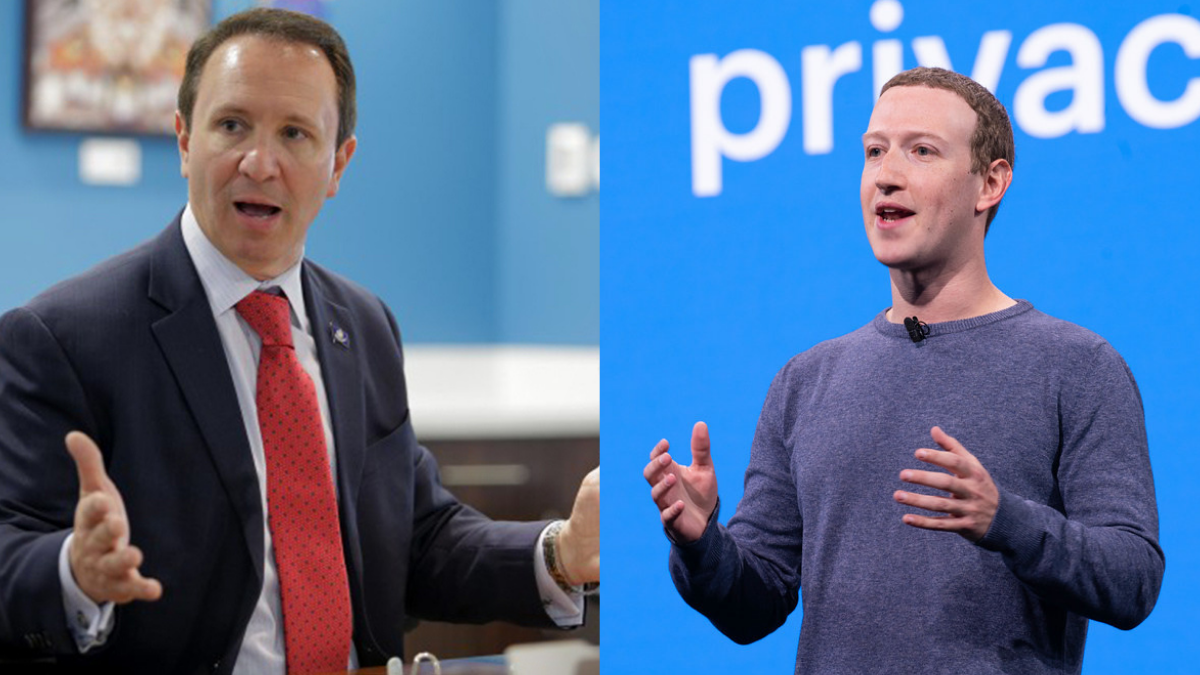Sen. Bernie Sanders, I-Vt., made some waves this week for insisting Boston Marathon bomber Dzhokhar Tsarnaev should have the right to vote. This is obviously not a mainstream position, yet for Sanders it feels as comfortable as an old pair of Birkenstocks. Herein lies the defining tension of Bernie Sanders in 2019: he’s a mainstream politician with fringe politics.
Now that Democrats actually have a competitive presidential primary process on their hands, Sanders looks a little different. Juxtaposed with Hillary Clinton’s perfectly unappealing establishment image in 2016, the senator caught traction. It really was this Clinton-Sanders binary that mainstreamed him, after years spent toiling on the fringe.
Perhaps more interesting than Sanders’s answer on Tsarnaev, which came during a CNN town hall broadcast, was how Sen. Kamala Harris, D-Calif., replied to the same question. “I think we should have that conversation,” she told Don Lemon. My colleague David Harsanyi has a helpful article on how their replies illustrate why “The Democratic Presidential Primary Is An Arms Race In Crazy.”
This presents us an opportunity to zero in on the Sanders Effect. As the 2020 primary takes shape, it does appear to be unfolding as a frenzied sprint to the left—and it’s very difficult to ignore Sanders’s role in initiating that. But the senator’s success in 2016 may have transmitted a false positive to progressives, eager for proof that average Democrats have lurched left too.
As 2020 Democrats swerve into the very specific lane Sanders forged last time around, there’s a legitimate question as to whether they’re responding to a shift in the electorate or pushing one. A Pew report published in January found “Among Democratic and Democratic-leaning registered voters, somewhat more say they want the Democratic Party to move in a more moderate (53%) than more liberal (40%) direction.”
“These views are about the same as they were following the 2014 midterm elections,” Pew noted.
Candidates running as younger or more diverse Sanders clones may soon recognize what works with progressives on Twitter is not what works in Iowa and New Hampshire (see this excellent New York Times analysis). Or they may not.
It’s possible that, over time, all the insistent peddling of far-left policies will force almost the entire party into Sanders territory, especially considering impending generational shifts. It’s also possible that Joe Biden’s more establishment politics will catch traction and change the race. (It’s always hard to say whether this kind of movement is top-down or bottom-up.)
But had Clinton faced a more competitive primary in 2016, the mainstreaming of Sanders’s fringe politics may never have occurred, and Democrats in 2020 may have been facing a very different race right now. Maybe, just maybe, it would have been the kind of contest in which serious candidates felt comfortable blasting the notion of enfranchisement for the Boston Marathon bomber, rather than asking for “that conversation” to keep a certain bloc interested.

